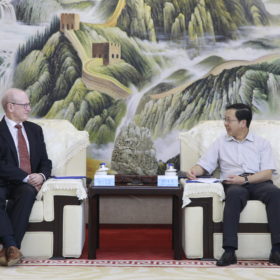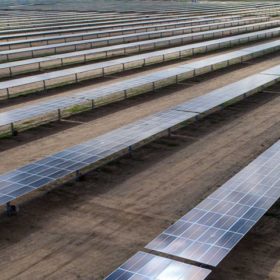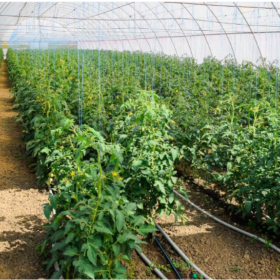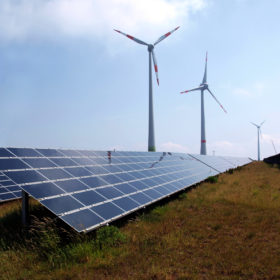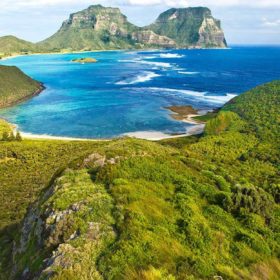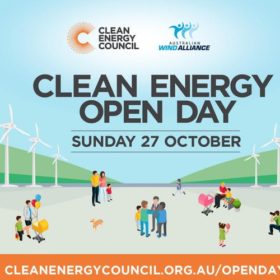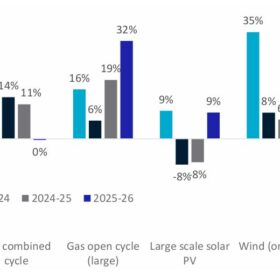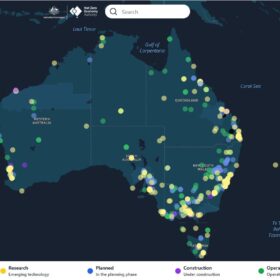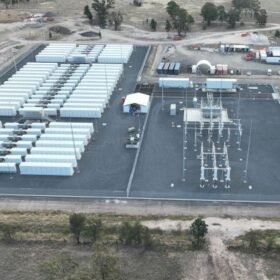Lyon Group and China Huadian join forces in the war on curtailment
Solar infrastructure developer Lyon Group has strengthened its ties in the Asian markets through a significant joint-venture with two of Asia’s largest energy generators. The agreement will see integrated battery storage systems utilised to reduce the risk of curtailment and increase the flexibility of renewable energy plants.
“Massive” risk potential as EPCs cut corners on solar project components
A global supplier of electrical cabling for utility scale PV projects has warned that some Australian EPCs are not adopting international solar-industry norms on projects, potentially leading to “massive risk.” Swiss supplier Leoni reports that considering the vast scale of some solar projects in Australia that potential failures could be particularly costly.
New chapter for solar+agriculture: BIPV for off-grid greenhouses
A new partnership is seeking to build a world-first off-grid greenhouse which will use solar glass to maintain optimal temperature and regulate irrigation by condensation inside the facility.
90% increased biomass under solar panels: Agrivoltaics hold productive promise
With sun the common component of solar energy production and agriculture, a new company in northern NSW is set to combine the benefits of sowing PV and forage crops in the same soil.
Long read: Solar + wind, the benefits of co-location
Shared grid connections, complimentary resource availability, and more grid-friendly power are among the key advantages of pairing wind farms with solar arrays – and developers are quickly moving into the emerging space.
Federal government launches $50 million microgrid funding program
Up to $20 million of grants will be awarded for microgrid feasibility studies across Australia through the first round of the Federal Government’s Regional and Remote Communities Reliability Fund. The fund aims to provide more secure, affordable and reliable power to regional communities and save “hundreds of millions of dollars” on network upgrades.
Wind testing, specifications in focus as tracker deployment surges
Single-axis tracker deployment has increased dramatically in the past two-to-three years, both in terms of the number of PV plants adopting the technology and the sheer size of some tracking systems. Given this, durability in the face of high wind loads has been brought into sharp focus with new testing and calculation methods providing more certainty for EPCs, owners and investors.
“I said ‘Lord Howe!’” Iconic island to receive solar + battery storage installation
Lord Howe Island is set to finally receive a solution to its energy problems with the installation of a solar + battery storage system that will reduce its reliance on diesel fuel.
Q Cells launches fully integrated residential solar power system
South Korean solar module maker Hanwha Q Cells has launched Q.Home in Australia, its new integrated residential solar power system which has seen success in the European market.
Sausages set to sizzle as CEC announces inaugural Clean Energy Open Day
The Clean Energy Council (CEC) will host its first Clean Energy Open Day at Wind and Solar farms across five states on Sunday 27 October. The Open Day is the perfect opportunity for those curious about renewable energies and the energy transition, or simply those on the hunt for a good sausage sizzle.
